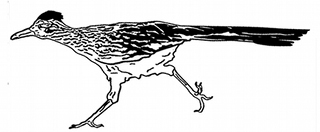[MARCH 2025.]
The title track from Sleater-Kinney, The Hot Rock. The counterfeit diamond, “It’s not real—you don’t need to tell me that it’s not real.” The sapphic thing, right, is to set the bar that high. That if it doesn’t drill down to the core of the earth it doesn’t count.
The fear I imagine as a small, quick bird alighting behind my sternum, dark-eyed and defenseless. To relieve its worry it scrapes its beak against my ribs. I have compassion for it, and would like to give it what it’s looking for.
A prominent example in the Wu-men-kuan is case no. 35 which reads simply, “Master Wu-tsu said, ‘Ch’ien and her soul are separated. Which one is the true soul?’” This case appears to be dealing with the philosophical topic of non-duality: how can a person be divided into component parts, such as body and soul, when she constitutes an indivisible collective unity? Yet, the case is just as clearly based on a famous T’ang legend recorded in the Li-hun chi, expressing the theme of duty versus passion (which later became such an important influence on Tokugawa literature). The folktale uses supernatural elements such as a spirit journey and bilocation in the story of a young woman who appears to her parents, who have resisted her wedding plans, to be sick and lifeless when she is separated for five years from the man she loves. Yet the “other Ch’ien” has run off with her lover and spent the time in a secret marriage. When she returns home out of a sense of responsibility for her family, Ch’ien is reunited with her tormented soul that was manifested in a body lying motionless in bed the entire time of her flight. Everyone, now purged of feelings of guilt and deception, is able to experience a sense of harmony and fulfilled responsibilities.
—Steven Heine, “Putting The ‘Fox’ Back in The ‘Wild Fox Kōan,’” Harvard Journal of Asiatic Studies 56 (1996).
